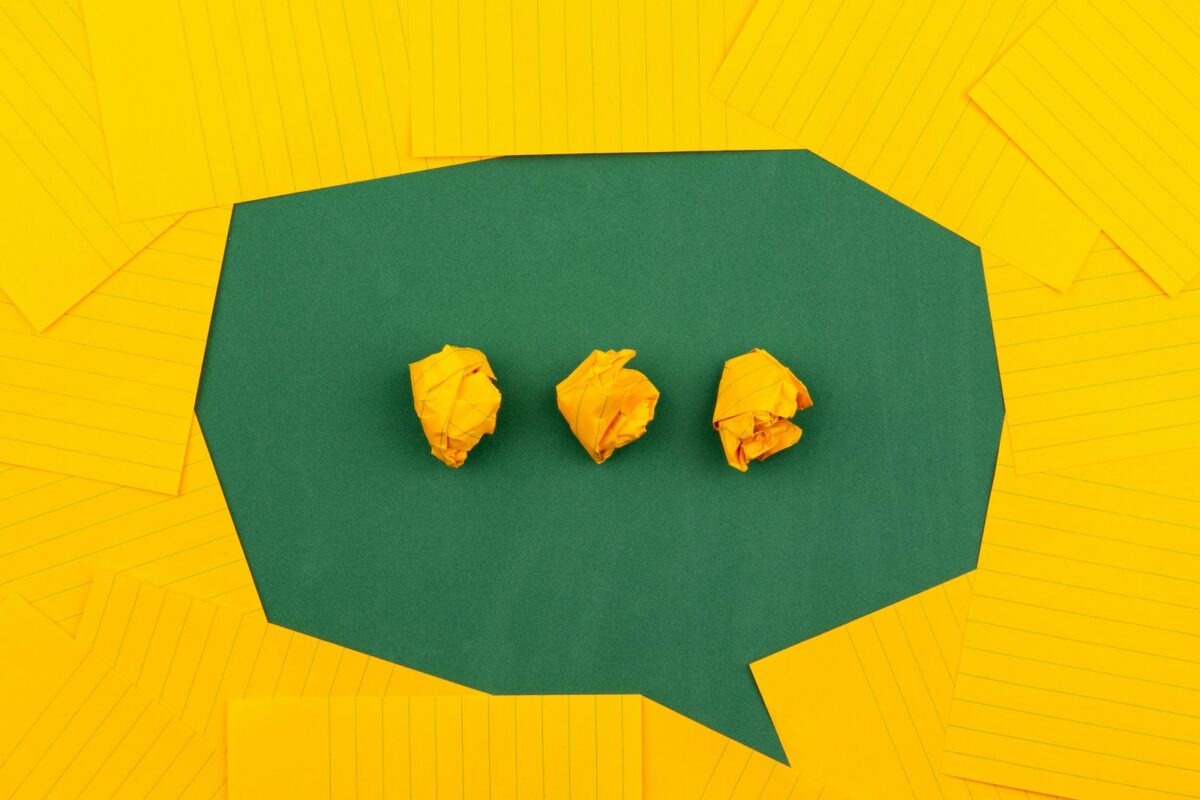If you have time to kill and enjoy playing lazy “click here occasionally” web games, Web Watch has an interesting one for you to put into your idle gaming bookmark folder.


If you have time to kill and enjoy playing lazy “click here occasionally” web games, Web Watch has an interesting one for you to put into your idle gaming bookmark folder.
Related posts:

Looking for a fun dinner party debate topic?
Here’s a list of the MOST INFLUENTIAL BANDS TO COME OUT OF EACH STATE IN THE COUNTRY.
It’s probably not 100% correct. But it should be close enough for some good conversations over the fire pit this summer – we had to make some pretty strong choices for some states like Michigan (oooh, that one was tough).
Did your favorite band make the list? Are you going to debate about what it means to be “influential”? We’ll go grab some popcorn…
Related posts:

Working with any AI can be as simple or as complicated as you want to make it, all depending on how detailed — OR ACCURATE — a response you’re looking to get.
While some AIs are better at ensuring accurate responses than others, they all suffer from a programmed desire to make something up. As others have said, Chatbots aren’t smart — they’re just really good at creating sentences.
So to get the best response out of your AI chatbot response, here are 50 things to keep in mind as you formulate your request:
And a 51st bonus item? Specify the type of output you want the AI to output — is it just text, or are you looking for a graphical, audio, or visual output (depending on the AI platform you’re using).

If you’re looking for a hilariously eye-opening experience, look no further than the Food Disgust test from IDR Labs. Trust me, it’s not every day that you get the chance to rate your level of aversion to culinary oddities like cow brains and fried tarantulas!
Okay, it’s not really about culinary oddities, but more about what it is about seeing or eating specific styles of food that might make you a bit queasy.
Some people don’t like raw fish. That’s covered. Some people don’t mind finding a hair in their soup, while others aren’t that fussy.
What makes this test particularly entertaining is that it sheds light on the peculiar eating habits and preferences that we all have. You may discover that you have an intense aversion to slimy textures or a deep-seated fear of trying new things. The test covers a number of topics ranging from food hygiene to textures.
Whether you’re a foodie who’s up for trying anything once, or someone who’s set in their culinary ways, the Food Disgust test is an enjoyable and insightful experience. After all, who doesn’t love learning new things about themselves?
So why not take the plunge and discover your own food disgust score? You never know, you might just learn something surprising about your own tastes and preferences!
Take the FOOD DISGUST TEST here: https://www.idrlabs.com/food-disgust/test.php

Scheduling elective surgery is usually difficult with regards to timing. How long will you be out, what will you be able to do during recovery?
Plenty of sports stars do their elective surgeries in the off-season of their sports so they have time to sit around and handle their physical therapy without interrupting other things on the schedule.
But what about the average person? Are there good times of the year to address specific surgeries?
The answer is “yes”. Yes, there is.
Related posts:

The Wall Street Journal reported this week that sales of the Instant Pot (or Instapot, for those of you who like brand names) are down significantly.
META (Facebook and Instagram) also announced this week that they are getting out of the NFT space.
How are these things related? Let’s take a look:
Related posts:

If you’re looking for a quick 5-minute activity in-between phone calls at the office, why not try your hand at this LUNAR LANDER game.
Just use your arrow keys to safely land the Lunar Lander on the surface of the moon, keeping your angle of landing within appropriate numbers, and trying to keep your landing speed at a reasonable under 10 MPH.
Anything faster than that, or at a steeper angle, you may find yourself crashed on the moon, and just a click away from trying again.
Each round only takes about 30 seconds (or less), so you’ll have your astronaut skills in peak condition in no time.
Related posts:

NASA is holding the LUNAR LOO CHALLENGE, a contest to design a toilet that can be used on the moon.
Yes, this will truly be a situation to “go, where nobody has ever gone before.”